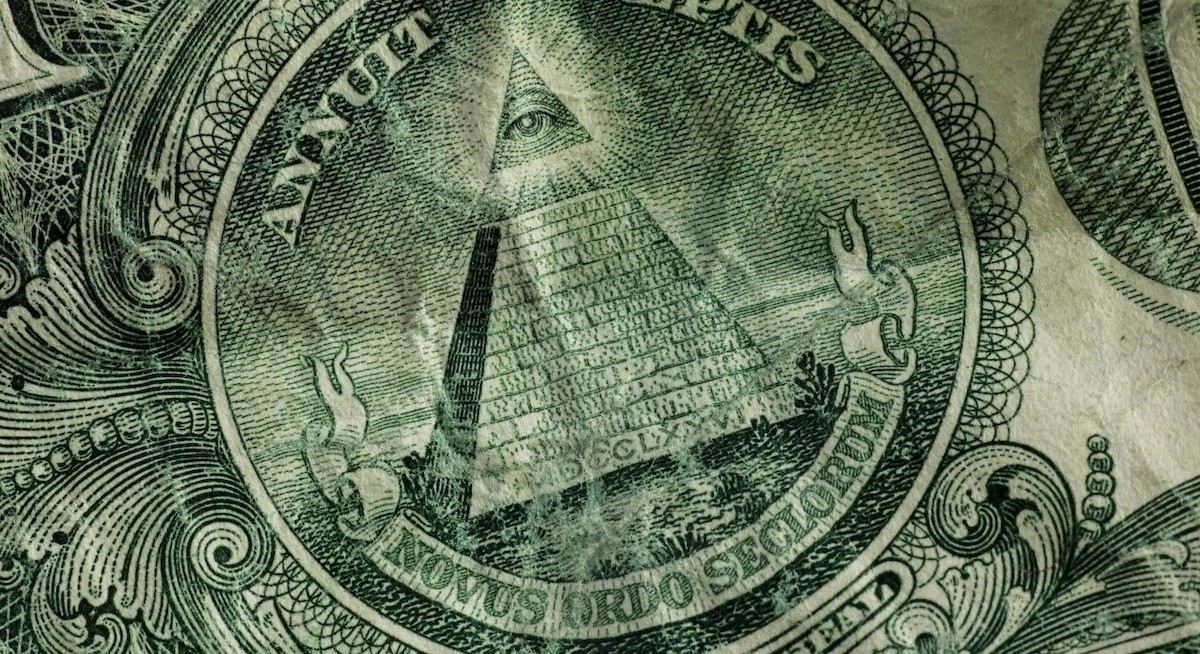The coming months present headwinds for the greenback — the growing global momentum behind de-dollarisation, expected rate cuts over the next two Federal Open Market Committee (FOMC) meetings (at time of printing), and higher fiscal spending. Together, they signal a potential shift in confidence away from the dollar’s supremacy.
Monetary policy
The Fed is expected to cut interest rates at least two more times by the end of the year. Historically, interest rates have been positively correlated with the dollar. Lower yields reduce the attractiveness of US dollar-denominated assets, putting downward pressure on the greenback.
China’s treasury sell-off: A de-dollarisation signal?
See also: Earnings, rates and AI spending could drive returns: Klay Group
China has significantly reduced its holdings of US Treasuries. Now, its holding of US$730.7 billion ($949.4 billion) places it in the third place among foreign holders of US debt (behind Japan and, recently, the UK). Other countries have followed suit in diversifying away from USD assets.
This selling activity signals not just economic repositioning, but also a geopolitical shift: the steady move away from Treasuries underscores broader concerns about the US’ fiscal sustainability and the dollar’s reliability as a store of value.
Weaponisation of the dollar: A double-edged sword
See also: 26 for ‘26: RHB picks 24 Singapore stocks; identifies another two that meet investment criteria
The US government’s use of the dollar as a geopolitical tool has accelerated de-dollarisation efforts. By restricting access to USD reserves and international financial systems, the US government has sought to enforce foreign policy through financial means. A defining moment came in 2022 when the US, EU, and G7 froze US$630 billion in Russian central bank reserves in response to Russia’s invasion of Ukraine. Key Russian banks were also cut off from the SWIFT payment system, effectively sidelining them from the global financial network.
Russia called the move theft — and swiftly sought alternatives. It began settling trade with China in rubles and yuan, bypassing the dollar altogether. This triggered a wave of interest in non-USD payment systems, particularly among countries wary of similar treatment in the future.
Alternative payment systems and swap lines
In response to sanctions and dollar weaponisation, several nations have started creating alternative trade mechanisms:
- BRICS nations are exploring a joint currency and settlement system, to facilitate intra-group trade without relying on the dollar, thereby reducing exposure to dollar volatility and US-imposed financial sanctions.
- China’s CIPS (Cross-Border Interbank Payment System) is gradually emerging as a competitor to SWIFT, enabling yuan-denominated trade. In June 2025, banks such as United Overseas Bank and Thailand’s Bangkok Bank were among six foreign institutions to sign direct participant agreements with the CIPS.
- Bilateral swap agreements are increasing, with countries like India, Brazil, and Iran settling trade in local currencies rather than converting through the dollar.
These moves signal a growing mistrust of the US-dominated financial system, and a push toward a more multipolar currency world in global finance.
Fiscal reckoning: Rising US government spending
For more stories about where money flows, click here for Capital Section
US fiscal policy is once again under scrutiny, with federal spending continuing to rise sharply, funding areas such as defense and social security, not to mention the 14% (around US$1 trillion per year) spent purely on servicing debt. The government is running annual deficits well above US$1.5 trillion.
Political risk: The Trump factor
In 2025, political uncertainty has added to investor anxiety, with the Fed’s reliability coming under question. President Trump’s frequent criticism of the Fed Chair and attempts to dismiss Fed Governor Lisa Cook have raised fears of political interference.
These tensions have manifested in elevated gold prices — the traditional safe-haven asset and hedge against currency risk. The precious metal briefly hit US$4,200 on Oct 15, reflecting investor anxiety over the dollar’s stability amid growing geopolitical and domestic uncertainties.
Implications for fund investors
The convergence of these factors, monetary easing, geopolitical fragmentation, treasury sell-offs, and the rise of alternative systems, points to a slow but accelerating shift away from the dollar’s once-unchallenged dominance.
With the abovementioned, investors may want to diversify away from USD-centric portfolios. This doesn’t necessarily mean abandoning US assets, particularly in sectors such as technology, where the US continues to lead. Instead, it means managing currency exposure more thoughtfully to mitigate risks associated with a weakening dollar.
- Explore other markets: Consider increasing allocations to non-US equities and bonds, particularly in regions or sectors that could benefit from a weaker dollar or are less correlated with US markets. Emerging markets, Europe, and commodity-exporting countries are some examples where investors might find opportunities.
- Currency-hedged funds: If investors still wish to retain exposure to US assets, they may want to consider currency-hedged funds. However, it is crucial to distinguish between funds that are truly currency hedged and those simply denominated in another currency (such as SGD) but remain exposed to USD weakness. Some funds may appear to provide currency protection but do not actively hedge foreign exchange risk, leaving investors vulnerable to currency swings.
In short, fading US exceptionalism does not necessarily signal the end of American investment opportunities but does call for a more nuanced, globally balanced approach. As always, with all investment decisions, do your own due diligence, consider your investment goals and risk tolerance before making the final call.
Daryl Liew is the head and chief investment officer of investment solutions at PhillipCapital




